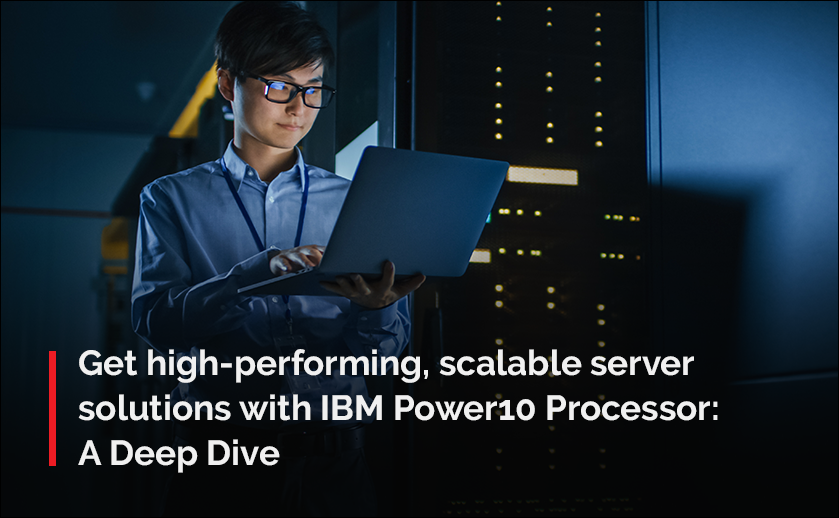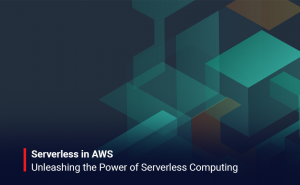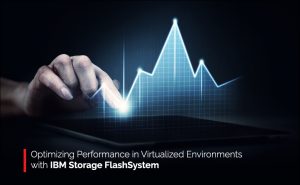Organizations are discovering that in order to satisfy their specific commercial and technological requirements, they need to utilize both on-premises infrastructure and cloud services. Organizations that implement a complete hybrid cloud approach will be most well-equipped to capitalize on the agility, flexibility, and stability of their infrastructure.
To help meet that demand, IBM has developed the Power® E1080, the first Power10-based server designed especially for these critical hybrid cloud environments. The IBM Power10 platform provides a unified environment for businesses to deploy, manage, and protect their most mission-critical corporate workloads in a private or public cloud, allowing for rapid scaling and optimization.
The new server architecture aims to deliver superior efficiency, security, and agility, as well as consistency in managing, monitoring, metering, and billing across public and private clouds, with a roadmap for future enhancements as the Power10 family comes into action. Let’s have a look at how IBM Power10 simplifies hybrid cloud deployments with ease in this blog.
Flexible Cloud Integration
IBM Power10 has versatile cloud integration capabilities, allowing for seamless interaction with both public and private cloud environments in hybrid setups. OpenShift, IBM Cloud, Amazon Web Services (AWS), and Microsoft Azure are among the integration options for hybrid setups. It enables businesses to quickly deploy and manage Power10 workloads in the cloud, as well as use the cloud for backup and disaster recovery.
Power10’s agile cloud integration capabilities make it an ideal platform for hybrid operations, allowing organizations to easily combine their on-premises and cloud-based solutions while maintaining superior performance, scalability, and resilience.
End-to-End Security Across Hybrid Cloud
IBM Power10 provides superior performance, scalability, and security for organizations implementing hybrid cloud solutions. One of the most important features of IBM Power10 is its end-to-end security capabilities, which allow businesses to secure their data and applications across multiple settings.
IBM Power10 provides secure boot capabilities, hardware-based encryption, secure virtualization, identity and access management, and cloud security features that assist companies in identifying and mitigating security risks across their hybrid cloud environment. With these security solutions, IBM Power10 offers a comprehensive strategy to end-to-end security for businesses working in hybrid cloud environments.
Increased Scalability and Efficiency
One of the main advantages of Power10 is its ability to efficiently support hybrid cloud organizations and enable them to scale more effectively. Power10 supports hybrid cloud architectures by allowing organizations to operate both on-premises and cloud-based workloads on a single platform. This enables businesses to easily move workloads between on-premises and cloud environments, providing flexibility and scalability as demand for computing resources fluctuates.
Power10 allows organizations to quickly deploy and manage containerized applications across hybrid cloud environments, increasing scalability and flexibility.
Conclusion
In conclusion, IBM Power10 is a high-performance processor that offers efficient support for hybrid cloud organizations. Its ability to seamlessly run workloads across on-premises and cloud environments, support for modern containerization technologies, and overall scalability makes it an ideal solution for organizations looking to build and manage hybrid cloud infrastructures.
Additionally, Power10’s high performance and user experience further enhance its value, providing organizations with a powerful and efficient platform for their computing needs. Overall, IBM Power10 is an excellent choice for organizations looking to leverage the benefits of hybrid cloud computing without sacrificing performance or user experience.






